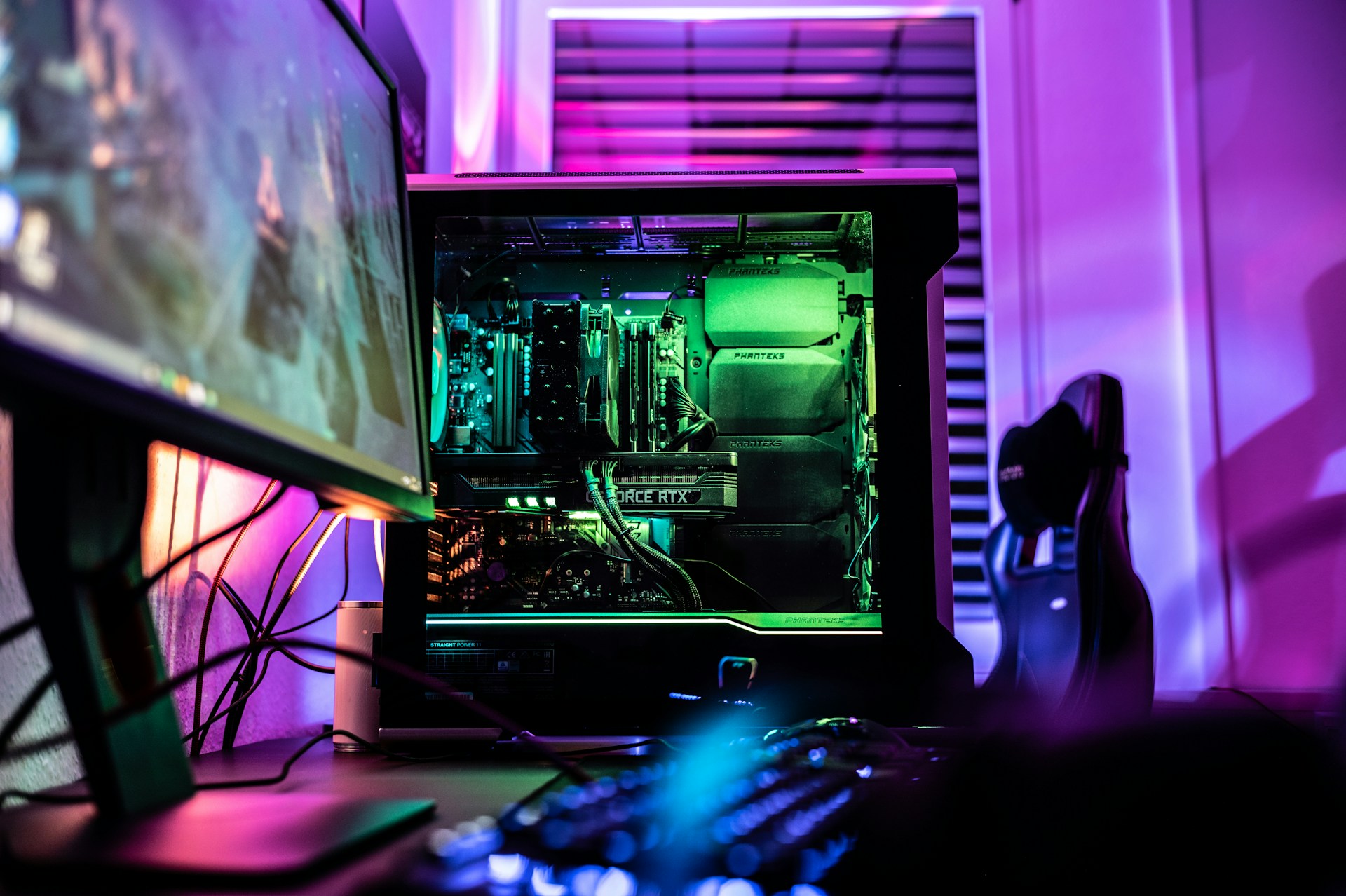CPU is the powerhouse of most systems. Because of this, high-intensity activities like gaming can push your CPU’s temperature to dangerous levels — especially if you’re gaming on a laptop or overclocking your CPU. Let your system run too hot for too run, and you risk damaging your hardware. To know if your CPU is too hot, you’ll need to monitor its temperature.
What is a Good CPU Temperature?
When it comes to CPU temperatures, lower is generally better. While idle, you should expect CPU temperature between 30 and 50 degrees Celsius. When pushing your CPU to its limit, you should see temperatures of 80 to 85 degrees Celsius.
Some CPUs can handle temperatures in excess of 90 — or even 100 or 110 — degrees Celsius, but that doesn’t mean they necessarily should. Temperatures close to or higher than a CPU’s maximum temperature can cause heat stress and damage to the CPU over time. If your CPU temperature is regularly creeping up and out of the 80 to 85-degree range, you should add some additional cooling to your system.
How to Maintain Your CPU’s Temperature
Start with the basics — check the software you have open and background processes running, using your computer’s built-in tools when possible. Then, terminate the processes you don’t want or need open. You can optimize your PC if your CPU usage and temperature remain high, even after stopping unnecessary or unwanted processes.
If none of these changes are enough to bring down to your CPU’s temperature to a comfortable level, you can consider adding more cooling to your computer. Additional thermal paste, if you didn’t build your computer with enough it, and more fans are the cheapest and easiest options. If you choose to add more fans, there are a number of different brands, fan sizes and types available.
Want to dream big? Water cooling is one of the most effective ways to cool a computer. This cooling method will require some additional planning and may take more effort to work than just installing additional fans.
Software to Monitor Your CPU Temperature
In order to know if your CPU is running too hot, you’ll need to install some form of hardware or CPU temperature monitor. Here are 3 ways to monitor your CPU’s temperature.
1. Core Temp
This program is one of the most popular for monitoring CPU temperature. Core Temp is lightweight, free and does exactly what it says it does — monitors the current temperature of your CPU. The program has a small memory footprint and is a good option if you just need something to monitor CPU temperature in the background.
Core Temp, like most other hardware diagnostics software, also provides the maximum operating temperature for your CPU — labeled Tj. Max — but ideally, you’ll keep your CPU running below this maximum temperature.
2. HWiNFO
HWiNFO is a free system monitoring and diagnostics program. It provides significantly more info than Core Temp does — including motherboard, video adapter and memory diagnostics.
If you want a more comprehensive monitoring software, then this will be a better option than Core Temp. HWiNFO is, however, a little less lightweight and more robust than what you’d need if you only want to monitor your CPU’s temperature.
3. Open Hardware Monitor
Another free temperature monitoring program that provides a little more hardware information than Core Temp, but not quite as much as HWiNFO.
Open Hardware Monitor is, however, much less frequently updated than both HWiNFO and Core Temp.
4. AIDA64
AIDA64 is one of the more comprehensive hardware monitoring programs available. Unlike the other programs listed above, AIDA64 is a paid program, and the version designed for home users costs around $40 for a perpetual license. A 30-day free trial is also available.
AIDA64 is a good option if you also need to monitor the rest of your hardware or want fine-grain data about everything that’s going on in your system. Because it is a paid program, there is a company that provides customer support — whereas, with the free options on this list, you’ll mostly be expected to troubleshoot yourself if something doesn’t work.
Keeping CPU Temperatures in a Safe Range
The CPU can be pushed to its limits by high-intensity activities like gaming. Because of this, it’s possible for your CPU to operate at dangerously high temperatures — bad for performance and, in the long run, enough to damage your hardware.
When it comes to monitoring your CPU’s temperature, you have options — both paid and free. If you find that your CPU is consistently running too hot — especially if it’s hitting its maximum operating temperature — optimizing your computer and installing some additional cooling can help.
Recent Stories
Follow Us On
Get the latest tech stories and news in seconds!
Sign up for our newsletter below to receive updates about technology trends














